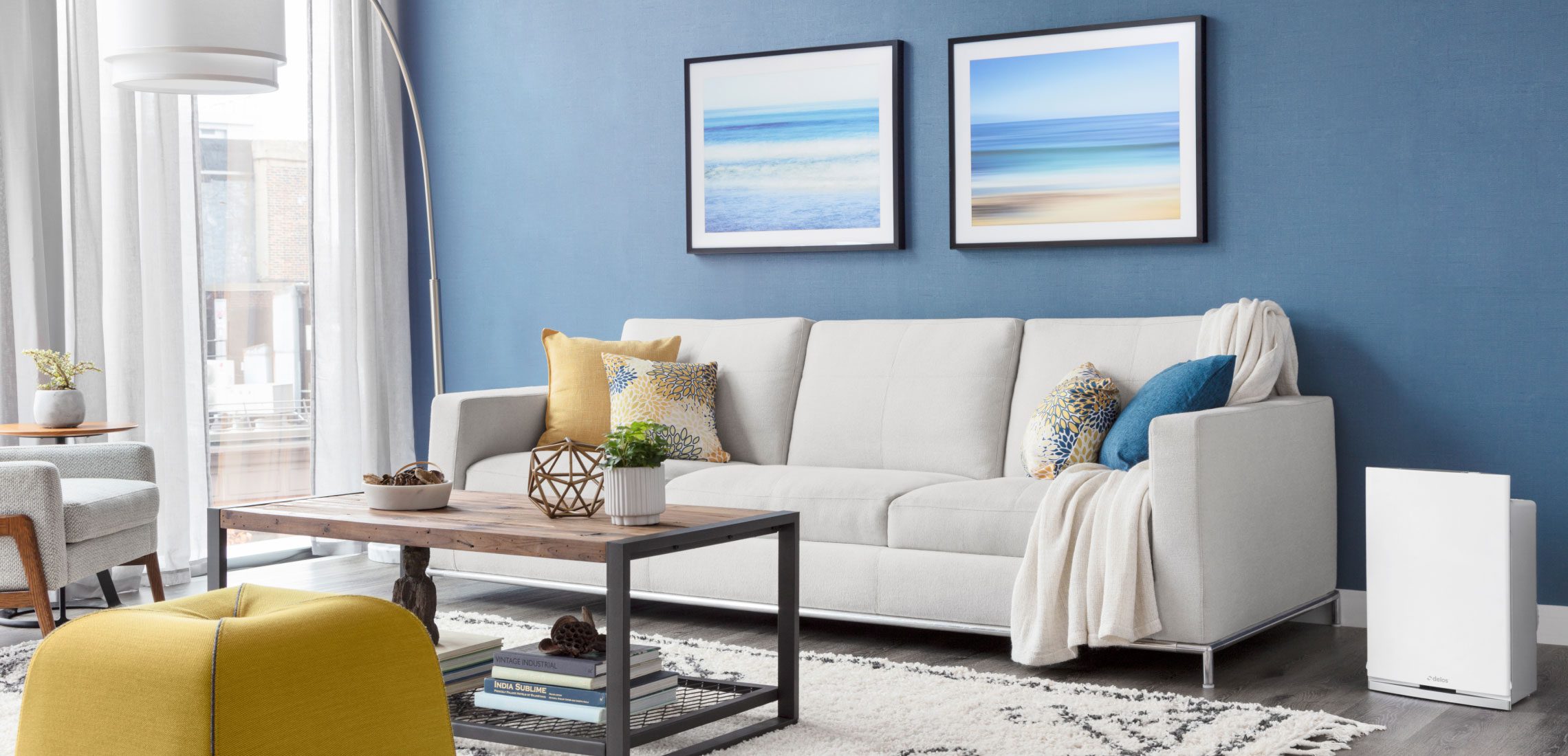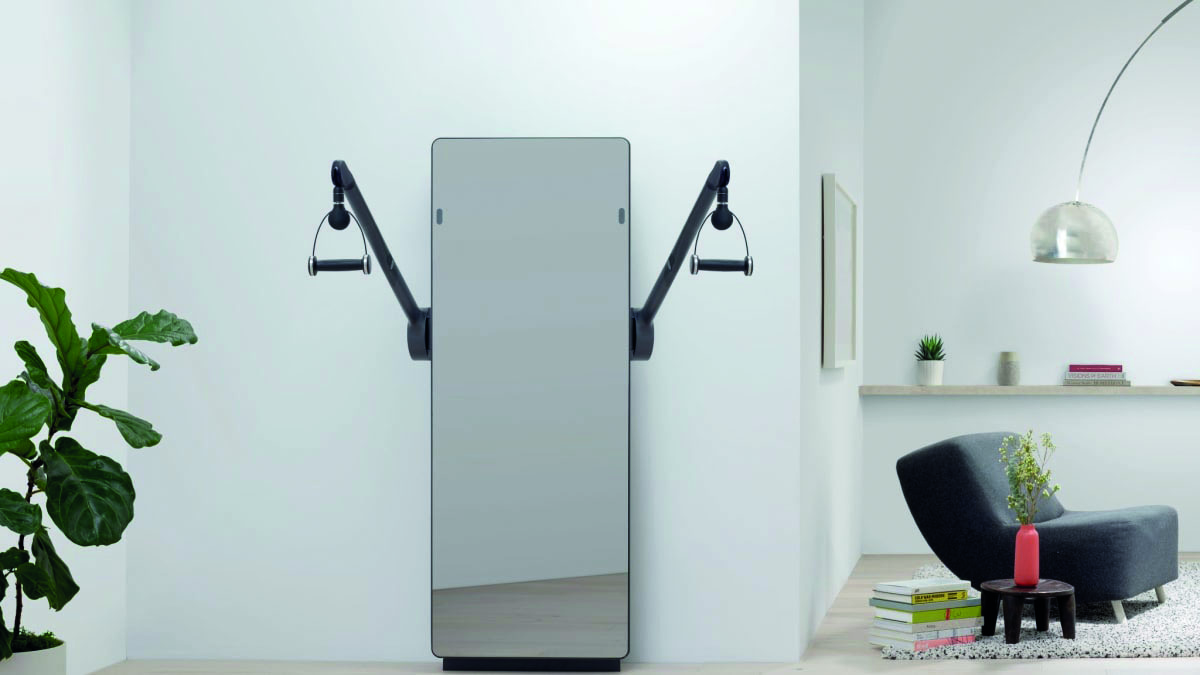Felicity Haythorn
How are you? Really? Are you well? What does ‘wellness’ actually mean to you? For some of us, it’s simply taking 10 minutes to sit quietly and read a book. For others, it’s trying to drink less coffee or choosing not to supersize your Big Mac meal when you sneak off for a cheeky Maccy D’s. Others, still, extol the virtues of the coffee enema – I’m looking at you, Gwyneth Paltrow.
Wellness is a term that’s been bandied around for a few decades, as us increasingly sedentary humans suddenly remembered in the 1970s and 1980s how movement plays a huge part in keeping us healthy – remember Jane Fonda leg warmers and *shudders* Mr Motivator’s lycra onesies? And, as we’ve gradually joined up nurturing our mental health with our physical wellbeing in recent years, the wellness trend has well and truly taken off, particularly in the aftermath of two lockdowns and nearly two years of living through a global pandemic, emphasising the importance of basic healthcare and mental healthcare – the real stuff, not essential oils and crystals.
For me, wellness is a set of carefully honed habits and practices that nurture my physical, mental, emotional and spiritual health. It’s a holistic way of life that allows me to trust in my instincts to make choices that will help me not just survive but thrive. At the most basic level, it’s remembering to take some deep breaths when things get heavy – I’m not talking about subscribing to the extremely privileged and elitist wellness cult peddled by Goop. And there is so much new technology we can use to help us on our wellness journey. In a post-pandemic world, it all begins at home. Here, I explore how the innovation in wellness technology is shaping the smart house of the future.

Home is where the health is
Attitudes to personal health were shifting way before Covid hit and forced us to rethink our couch potato ways. Fitness trackers, Wi-Fi-connected scales and Peloton exercise bikes were all the rage – we all wanted some of the smart tech that supports healthier lifestyles. And this trend has been booming since the pandemic: management consultant McKinsey research estimates the global wellness industry to be worth more than $1.5 trillion with an annual growth rate of 5% to 10%.
Coupled with this growth is a renewed focus on the home since the advent of social distancing and lockdowns. Wellness real estate – homes designed and built to promote physical and mental wellbeing – is now a $134 billion market, research from the Global Wellness Institute shows, and that’s projected to grow to $200 billion by 2022. Delos, a wellness real estate company, is leading the charge with its wellness intelligence platform designed to intuitively respond to the conditions in your home.
Designing with wellness in mind is not a new concept. Since the early 20th century, architects have focused on allowing light to flood spaces through large windows and glazed ceilings, wall colours were calm and peaceful and open-plan designs allowed freedom of movement. Today, smart home designers are taking a holistic but more technical approach. For new homes, the rise in connected wellness technology means you can work with your builder and smart home expert to design wellness tech into your home, even future proofing your home by installing robust structured wiring systems to support a wider range of connected wellness devices later on. Retrofits in period builds can be trickier, but Equippd has proven methods and techniques that preserve the integrity of your home while seamlessly installing all the connected technologies you desire.
Wellness technology in your home
Both modern and refurbished properties can support smart home systems that automatically handle elements such as lighting, air purification, sensing, heating and cooling and touch-free tech. The pandemic means air quality is a huge concern due to air-borne pathogens. Indoor air quality sensors, combined with smart purifiers and connected heating, ventilation and air conditioning (HVAC) systems with adequate high-efficiency particulate (HEPA) filtration, now give you the ability to assess (and improve) the air quality in your home in real time.
Smart lighting is now not just a convenient way to dim the lights into ‘entertainment mode’ when you’ve got friends over for dinner – it can also improve wellness by mimicking natural outdoor light, helping keep our natural circadian rhythms in line, which helps improve sleep quality. Smart thermostats can maintain humidity levels in the home, reducing the spread of coronavirus particles, while smart door locks and video doorbells provide the typical security benefits and minimise contact with strangers at the door.
Touchless tech can also keep us healthier in a post-pandemic world. Equippd smart homes have voice-activated and automated entry, heating, lighting and entertainment systems, and there are loads of appliances that can be equipped with touch-free capabilities, such as voice-activated remotely operated cooking appliances and contactless taps. Refrigerators such as LG’s InstaView Refrigerator include an hourly UV sanitiser, removing 99.99% of the bacteria that accumulates in the water dispenser, and Gaggenau’s handle-free refrigerators keep things clean and looking slick too. Inherently anti-bacterial surfaces like stainless steel and copper are also growing in popularity. Italian company Lema’s ‘wardrobe that breathes’ is the latest innovative technology that sanitises clothing and footwear. The system has been installed in wardrobes for clients by pioneering interior design firm Elicyon.
‘Digital doctors’ may also become the norm at home. Spending more time indoors than ever before means we’ll see the introduction of intelligent tools that once used to be the preserve of hospital tests. Aware of our medical profiles and needs, they are able to monitor our health continually, such as UV disinfection lights, which sanitise surfaces within seconds; sensors that can identify if any occupants have a temperature; toilets that can analyse their contents, facilitating potentially life-saving early interventions; and bedroom mirrors that can judge respiration and blood flow by analysing your face colour and other visible alarm signals. This highly personal level of tech could be seen as intrusive but the peace of mind that comes with it could be priceless.
Virtual fitness at home
Home is where we work out now, too. Many of us are still uncertain about the safety of leaving our houses, especially to go into a small, poorly ventilated room with lots of other people sweating and breathing heavily. It’s also way more convenient to exercise at home – why waste time travelling to your yoga or fitness session when you can join in online from the comfort of your living room? Virtual fitness platforms have proliferated over the last year, following hot on the heels on pre-pandemic services such as myFitApp, which originally launched in 2011. It now has a host of interactive features, such as a live chat function, allowing gym members to talk to instructors in high-quality audio. Cult US fitness brand Barry’s launched the At Home workout programme during the pandemic, followed by Barry X, which is software for live and on-demand workouts that feature high-end video and audio. Next came Bande, a fitness community that offers more than 100 live virtual classes each week. It was founded by Rebecca Balyasny, who wanted to dispel the disconnect and isolation she experienced during lockdown. Bande focuses on group chats, private voice messaging and a friending feature to “celebrate a feeling of togetherness”.
And you don’t have to access this virtual fitness universe via your TV, laptop or phone. Forme is an interactive fitness studio that combines dance classes, Pilates, weight training, cardio workouts and yoga in a single wall-mounted unit. Designed by Yves Béhar, it’s based around a mirrored 43-inch 4K UHD display with voice control, touchscreen, webcams and a library of fitness sessions. It’s available in two versions: Screen for face-to-face free weight and floor-style classes, and Full Studio, which transforms the mirror into a full home gym, with collapsible weight bench, retractable pulley arms for strength training, hidden free weights and even a ballet barre. British Vogue says: “Forme Life looks like an expensive mirror and the equipment is cleverly concealable so that it won’t clutter up your home.” Perfect for discerning Equippd clients.
Wearable wellness tech that connects to your home
I love wearable tech. But perhaps it would be more useful if it was in sync with our homes. Stay with me while I get a bit futuristic. I often suffer from overwhelm. Despite an abundance of mindfulness apps on my phone, practicing yoga and meditation daily, relaxing quickly and effectively is harder than ever to achieve and not something easily mastered. I’m one of millions of people who find it difficult to disconnect and manage their emotions. I use Sensate, a palm-sized, pebble-like device that sits on the chest and syncs with a free mobile app that is designed to use low-frequency infrasound to regulate the nervous system and tone the vagus nerve, which is responsible for calming the body after periods of stress and anxiety. It can relax our “fight, flight, freeze” emergency response, bringing our body back into balance. So far, so good. But wouldn’t it be amazing to sync my Sensate with my home environment? So, when I take a few minutes to chill out, the Sensate connects to my home to adapt the light, temperature and sounds around me as well.
It would be even better if my house could talk me through the overwhelm. A free therapy skill for Amazon Alexa and Google Home offers a way of interacting with mental health support in a way that is away from screens and fundamentally intuitive. Developed by creative studio Cult Ldn alongside MassiveMusic, a creative studio that specialises in music and sound and mental health charity Mind, Mindscape is a voice-activated artificial intelligence (AI) software that prompts a verbal conversation with the user. It has no accompanying app and works purely through sound. When a person speaks to it, it asks them questions that aim to encourage conversation around their feelings. Depending on the person’s mood, it then responds with one of three different options; bespoke soundscapes and music, breathing exercises, or tips on managing mental health.
However you define wellness, technology can help us adopt practices that nurture our wellbeing, enabling us to be the best possible version of ourselves that we can be. Contact one of Equippd’s expert engineers to talk about integrating wellness technology into your home.
There is so much new technology we can use to help us on our wellness journey. In a post-pandemic world, it all begins at home
